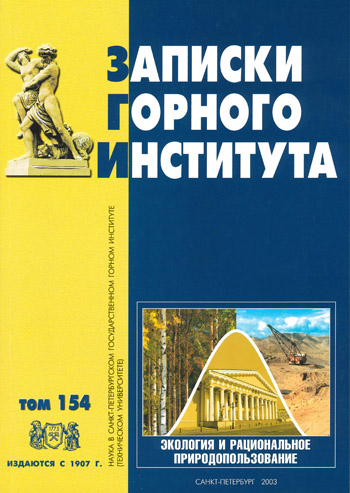Biological reclamation of land contaminated by oil products
- 1 — G.V. Plekhanov Saint Petersburg Mining University
- 2 — G.V. Plekhanov Saint Petersburg Mining University
- 3 — G.V. Plekhanov Saint Petersburg Mining University
- 4 — G.V. Plekhanov Saint Petersburg Mining University
Abstract
In the biological method of land reclamation the period of restoration of anthropogenic-disturbed territory depends on the degree of soil contamination by hydrocarbons, ecological conditions of plants and microorganisms-destructors of oil-hydrocarbons. The threshold concentration of oil products in sod-podzolic soils (3 l/m2) was established for meadow phytocenoses, exceeding which leads to disruption of plant life. In areas with this degree of soil contamination plant cover begins to form in the second year after the anthropogenic disturbance of the territory. The presence of oil products in the soil at a concentration of 4-5 l/m2 causes the death of up to 95-100% of the natural flora. Based on the reaction of meadow plants we can distinguish three degrees of soil pollution by oil products: weak (1-2 l/m2), medium (3 l/m2) and strong (more than 4 l/m2). Introduction of oil-hydrocarbon destructor microorganisms into the contaminated soil increases the germination of cultivated plants by 40-50%. It is advisable to use the biopreparation "Auros" and peat compost on the contaminated plots and sow meadow clover, white clover, common clover, awnless brome, meadow fescue, meadow tymofeevka.
